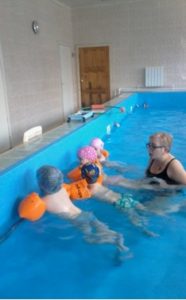Games are an important part of child development. And games and experiments with water allow you to learn something new in a fun form, to get various skills necessary for the proper development of the child.

Contents
Get acquainted with the properties of water
Water is an amazing substance that has unique qualities and the basis of life on Earth. With the help of simple experiments, you can acquaint children with the most basic properties of water, learn its features and draw conclusions.
"Water has no smell"
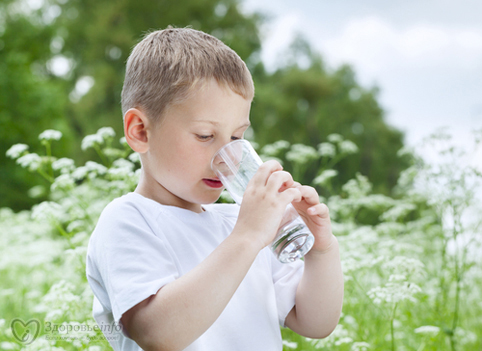
In order to compare water with other liquids, you can use fruit juice, sunflower oil or kefir. Ask your child to compare the smell of all these liquids and make a conclusion.
"Water has no taste"
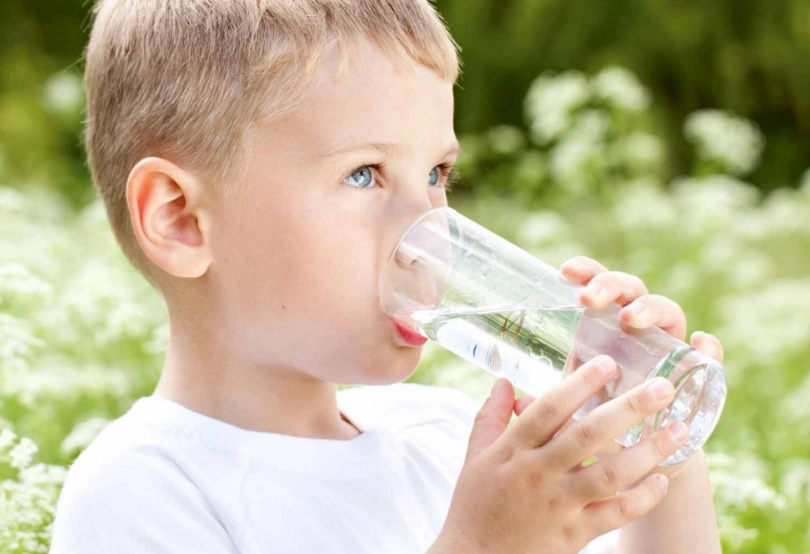
For an experiment, you can take liquids suitable for consumption and compare how acidic, sweet or spicy they can be and how tasteless water is.
"Water has no color."

For a small experience, you can pour orange juice into one glass, and water in the other and lower small objects in both glasses. It will become clear that the juice “hidden” the object due to its color, but in the water the object is clearly visible, because the water is transparent.
Water can come in three forms.

This is a rule that we know from school, but you can introduce a child to it much earlier than the first grade. Water can be liquid, for example, the water of rivers, lakes, oceans or even morning dew on blades of grass. Water can be solid - hail, snow, ice, frost. And it may be gaseous, in the form of steam (just look at the boiling kettle with water).
Water can be of different temperatures.
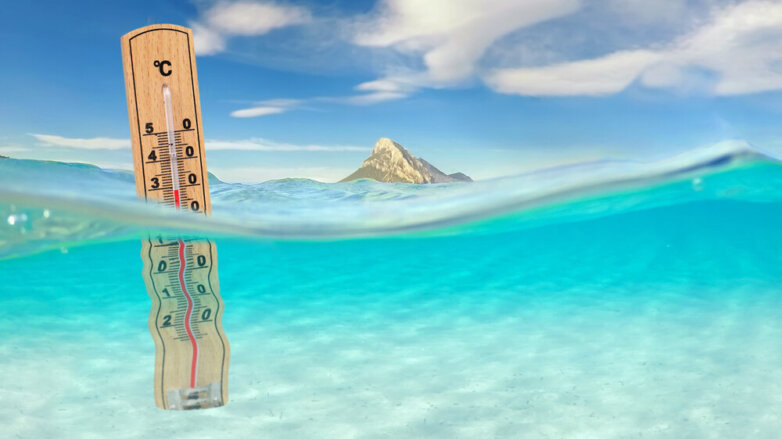
Together with the child, you can see how the water boils in the pan. How bubbles form and how it gradually cools down if the pan is removed from the fire. You can also freeze the water by watching the ice crust gradually form.
"Water has no shape"
This can be easily checked by pouring water into different shapes. Water is so liquid that it takes the form of these objects without having its own.
Simple games with water
After exploring the properties, it’s time to play and have some fun. Playing with water is very interesting and informative, and it also develops creative skills.
Let's play in the ice age

Small toys and a plastic box are useful for this game. Add some blue paint to the water to make it look a little more like the water in the ocean. And then dip the toys in water and put the box in the freezer. As soon as the water freezes, you can proceed to real “excavations”, for this there is enough hot water to save toys from the ice captivity.
"Breaking the foam"
All children love bright, colorful foam. You can hand the child a wreath, pour a little liquid soap into the water and offer to beat the foam yourself. And you can also run soap bubbles, it is enough to find a convenient device for this.
"Big Wash"

Water and a little laundry - perfectly remove small contamination. You can show your child how to do it simply by rubbing it a little in soapy solution and then rinsing it in running water.
Experiments with water - wonderful transformations

“Water is the basis of life”
For this experience, you need to draw on paper a flower with clearly delineated petals. And then cut it out and gently bend all the petals to the center. Next, take a large container of water and lower the flower there so that it appears on the surface. After a minute or two you can see how the petals of the flower gradually open.
Let's play with the ice caps.
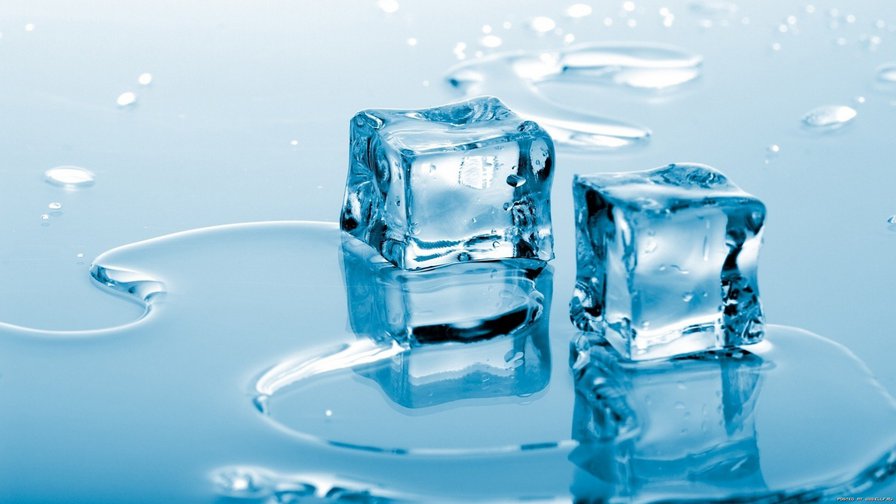
For this small experiment, you first need to freeze the water, and then break the ice on many ice caps of different sizes. In each such ice cap, you can insert a toothpick with a sail or even put a toy animal on it and send it to swim. So, the child will get acquainted with the properties of water when it turns into ice and will be able to depict the wind, which helps ships with sails move faster on the water.
"If it rained"
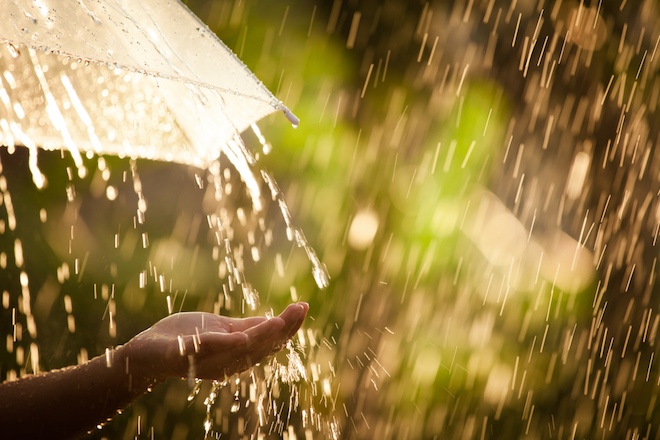
Unpleasant to be out in the rain without an umbrella, right? With the help of this experience, the child can understand what will happen if water is poured from above on different objects and how these objects “will behave” when water falls on them. Some can get wet and others can remain unharmed, so you can understand what absorbs and repels water.
"Sinking Objects"

With this experience, you can understand how heavy different objects are. You can offer your child paper, cardboard, plastic, plywood, wood, metal or stone so that he can determine how quickly some objects sink and how those that remain on the surface behave.
Lava tricks.
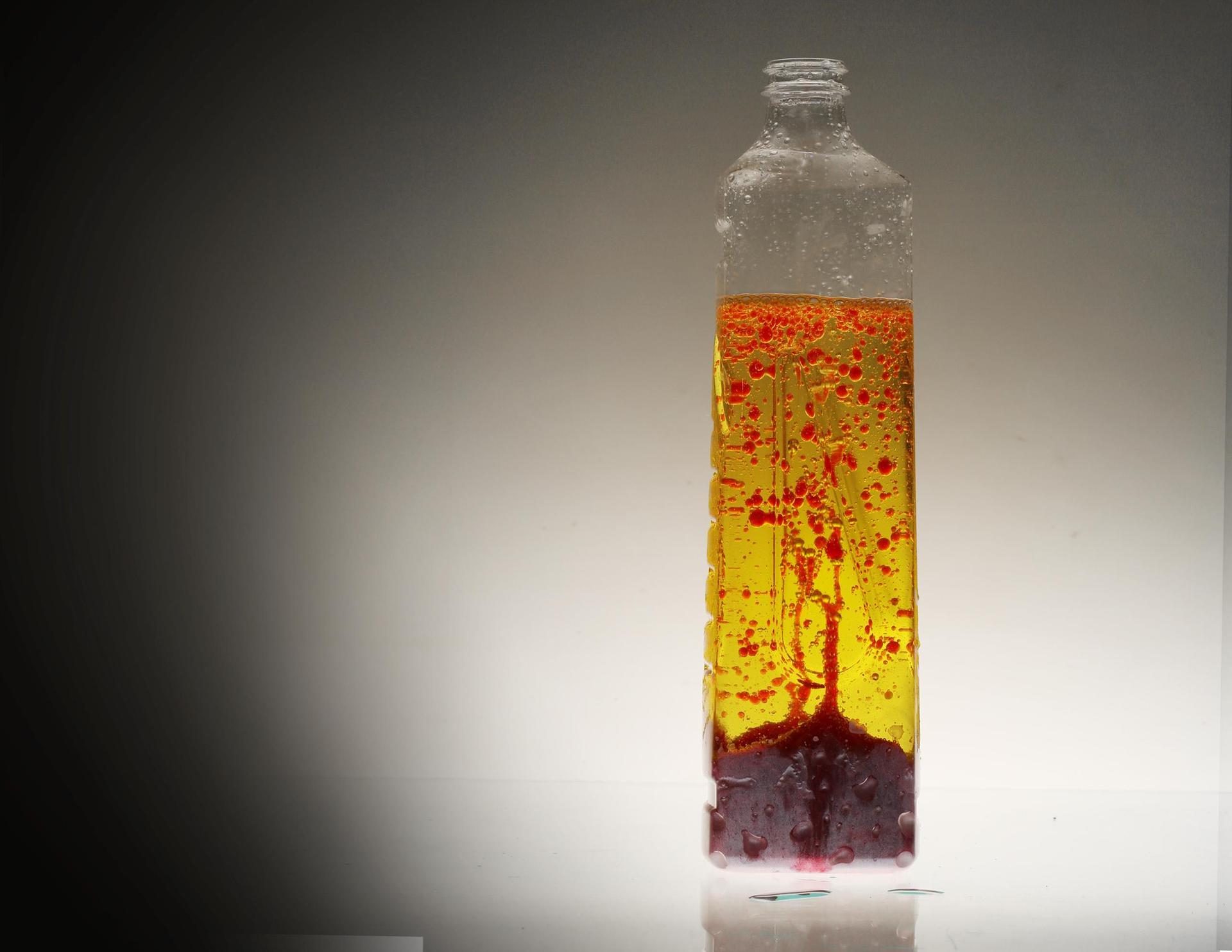
For this interesting experiment, you need to fill a transparent container with 1⁄3 water and 1⁄3 sunflower oil. Then add a little food dye (better blue or red) and a spoonful of ordinary salt. And after salt crystals fall into the container, the oil begins to sink to the bottom, and after the salt finally dissolves, it rises in the form of bizarre bubbles.
More interesting games and fun creative tasks can be found in ourarticle.


